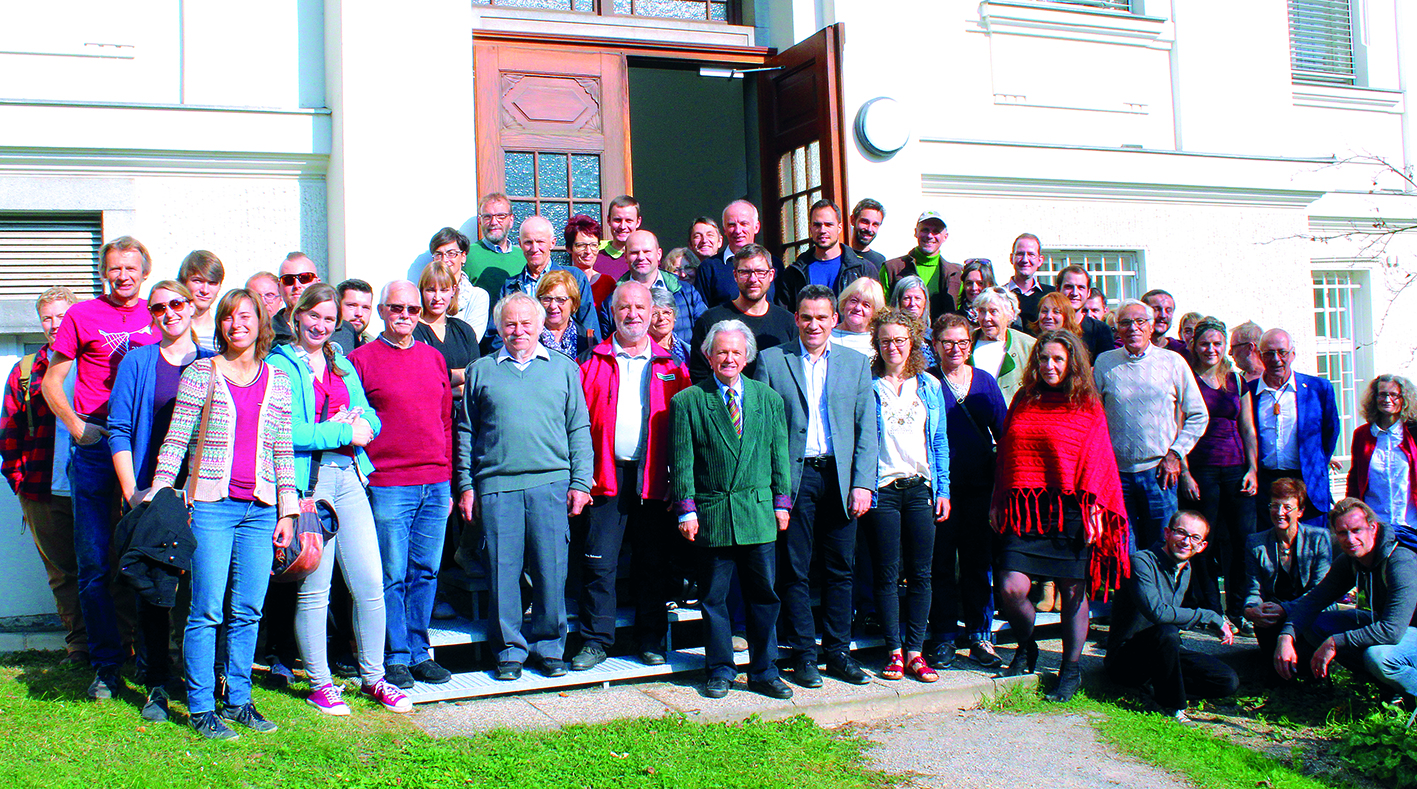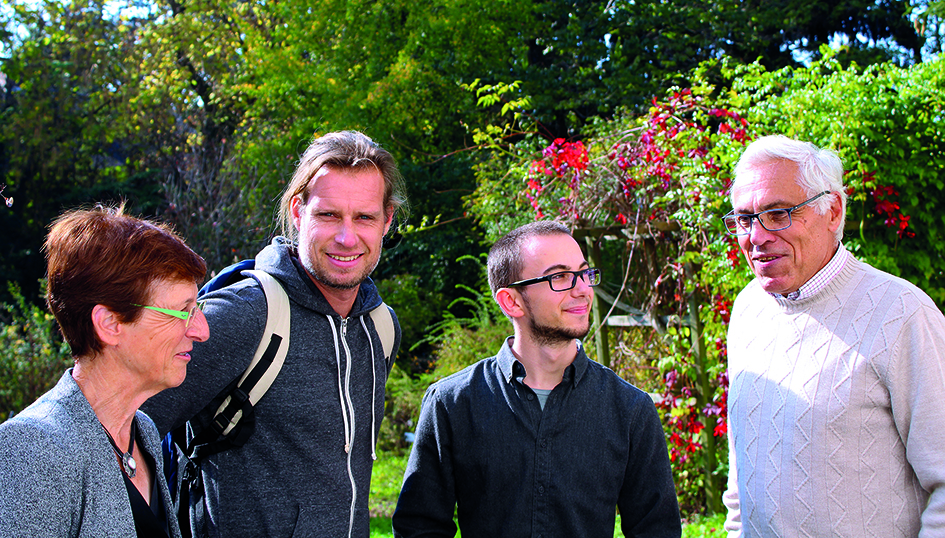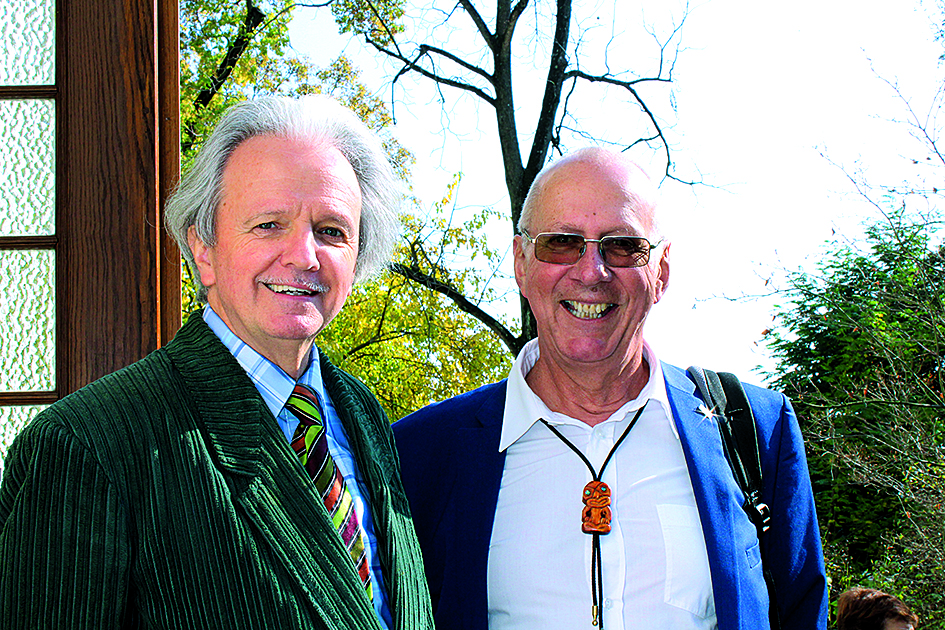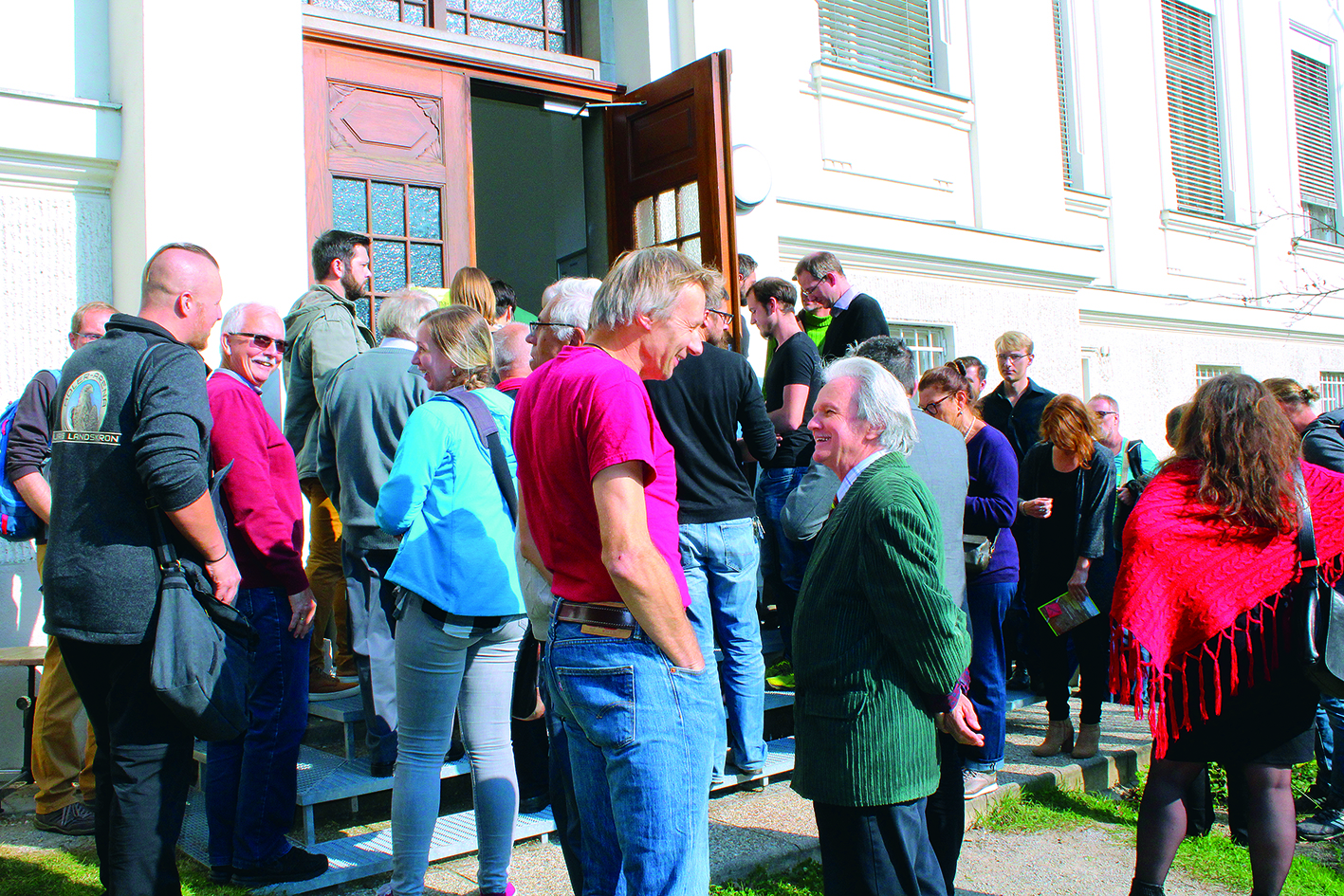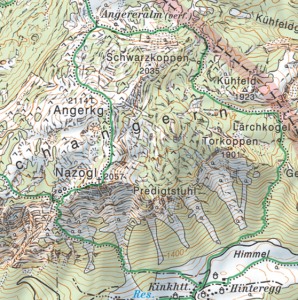One day for the Alps – Symposium on the threat of the Alps on October 20th 2018 in Graz
The endangerment of the animals, plants and fungi of the Alps caused by climate change and land use pressures have reached unprecedented levels today. Our previous conservation efforts are inadequate, as documented by numerous Red Lists. The Alps are a special biodiversity hotspot; it is in the pan-European public interest to maintain this outstanding diversity for the future.
As a result, regional experts who delivered the symposium “Threat of the Alpine biosphere by land use intensification and climate change” in Graz call on all residents and policymakers responsible for the alpine region, for a strong and sustainable effort for the protection of nature in the Alps!
Download the resolution and priorities list.
The Alpine Symposium was organised within the scope of our final project meeting and was well visited. The audience consist of experts from various scientific disciplines, from policies and interested public.
